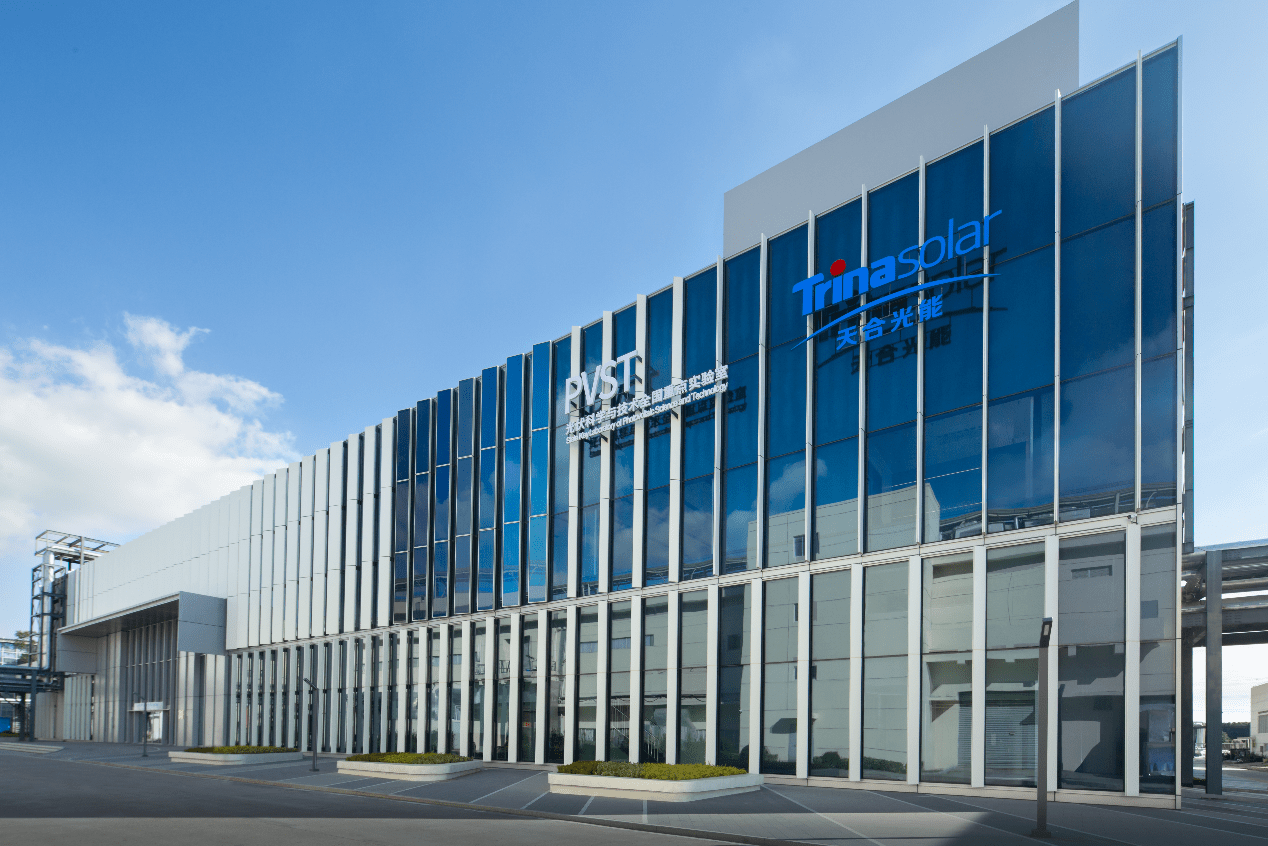Friday, 6 December 2024
_84504.jpg)
The General Arrangement – which summarises the details of cooperation between Japan and France regarding the development of fast reactors – has been updated between the Ministry of Economy, Trade and Industry and the Ministry of Education, Culture, Sports, Science and Technology of Japan, and the French Alternative Energies and Atomic Energy Commission.
Following the update of this agreement, the implementing agencies of the fast reactor development collaboration – Japan Atomic Energy Agency (JAEA), Japan Atomic Power Company (JAPC), Mitsubishi Heavy Industries (MHI) and Mitsubishi FBR Systems (MFBR) – signed an Arrangement for R&D Cooperation for research, development and design review of fast reactors with the French Alternative Energies and Atomic Energy Commission (CEA), EDF and Framatome. Under the Arrangement for R&D Cooperation, Japan’s experience from the Joyo and Monju fast reactors and France’s experience from the Phenix and Superphenix reactors will be used to advance research and development of severe accidents, structural materials, core materials, fuel technology, numerical simulation tools, design review, and design requirements for the Japanese demonstration fast reactor.
In addition, JAEA, MHI and MFBR signed a Design Cooperation Implementation Arrangement with Framatome on design cooperation for the fast reactor. The Design Cooperation Implementation Arrangement calls for cooperation taking lessons from France’s experience to develop the design and design evaluation of equipment and systems that the Japanese side considers necessary for the Japanese project.
The agreement was signed on Friday in Tokyo by Framatome Executive Vice President François Billot, JAEA President Masanori Koguchi, MHI Senior Vice President Hidehito Mimaki and MFBR President Makoto Yamagishi.
Framatome noted the agreement marks the beginning of its contribution to the new Japanese programme for the development of a demonstration sodium-cooled fast reactor (SFR).
“With the conclusion of these implementing arrangements, the development track record and operating experience in France will be reflected in the conceptual design of the Japanese demonstration fast reactor and associated research and development in Japan, promoting the development of fast reactors in Japan and in France,” the Japanese partners said in a joint statement.
Japan’s demonstration sodium-cooled fast reactor (with a capacity of about 600 MWe) is based on an integrated SFR architecture (pool-type reactor) already developed and implemented in France. At the request of the Japanese partners, Framatome will provide feedback and design evaluation both on the technology and the architecture of this type of reactor.
“Framatome is proud to be able to share its experience in developing this technology with our Japanese partners,” said François Billot, executive vice president of Framatome Offers & Projects. “This cooperation will contribute to reinforcing and maintaining the skills acquired by Framatome in the field of sodium-cooled fast reactors. This new agreement strengthens the cooperation that began 10 years ago.”
In December 2019, MHI and MFBR, together with JAEA, signed an agreement to cooperate on the development of fast neutron reactors with Framatome and the CEA.
MHI was selected in July 2023 by the Japanese government to lead the conceptual design of the demonstration SFR, which is to enter operation in the 2040s. MHI will oversee both the conceptual design as well as research and development for the reactor in partnership with MFBR, which was established in 2007 as an engineering company responsible for the development of FBRs in Japan based on the Mitsubishi Group’s accumulated experience in nuclear-related business.
Fast neutron reactors offer the prospect of vastly more efficient use of uranium resources than in conventional power reactors, as well as the ability to burn actinides. Fast reactors have operated in various countries since the 1950s, with some producing electricity commercially.
JAEA has a history of operating sodium-cooled fast reactors, such as Monju in Fukui Prefecture and the Joyo experimental fast reactor in Ibaraki Prefecture. However, the development of fast reactors in Japan was halted when the government decided to decommission Monju in 2016, following a series of problems, including leakage of sodium coolant in 1995.
France itself has operated three such reactors since the 1960s, including Phenix, which operated from 1973 to 2009. The CEA was commissioned by the government to develop two fourth generation fast reactors including Astrid in 2006, and it was decided in 2009 to make Astrid a high R&D priority because of its potential as an actinide burner.













